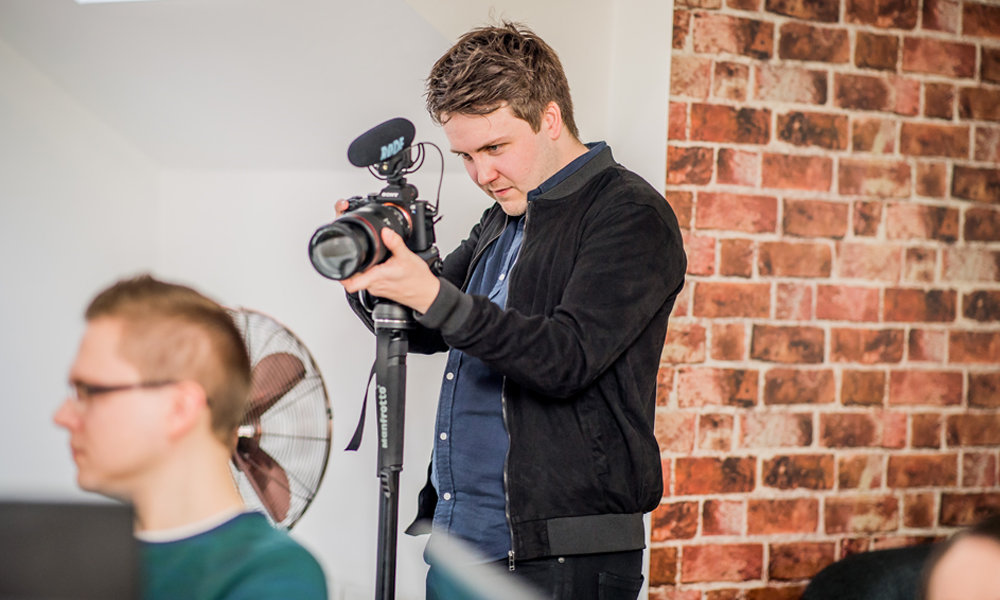In any profession or industry there will inevitably be developments and changes over time but the marketing industry must have changed more than most.
When you are working in an industry day to day the changes often seem gradual, or may even go unnoticed, but when you stand back and reflect it is striking how rapid the pace of change has been.
Advances in technology are at the root of all the most significant changes to the way brands approach marketing. The internet, social media, smart phones and other internet connected devices such as tablets and smart speakers have changed the way we all live. Marketing has had to adapt and fast.
The balance of activity and advertising spend has changed completely. Yes, more traditional forms of advertising still exist and have value but traditional print advertising, billboards and the holy grail of television advertising are now fighting for a share of any marketing budget along with online advertising including social media advertising, PPC and remarketing.
It isn’t just allocation of advertising spend that has changed, marketers are focusing their time and energy in different directions. More time than ever before is dedicated to websites and their content as well as developing a strong online presence through social media and other online activity such guest blogging and video content.

Getting your website seen
Designing and developing a website and then leaving it there until it is time for a revamp is no longer an option. There is greater focus on SEO and developing new content on a regular basis. Obviously, the frequency of changes and updates to a website vary considerably depending on the business and the objectives of the site. For some sites adding fresh content daily (or more frequently) will be appropriate for others it might be just twice a week or monthly. In some cases, new content will be added all the time whether it is images, video, new products special offers or blog posts.
Video marketing
Creating video and other content, such as guest blogs, infographics and images, for distributing online and through social media can all be key tasks for marketing teams which require time and creative input.
Just five years ago commissioning video was probably still seen as expensive and an activity undertaken by bigger businesses. Now even very small businesses are investing in video and the impact and potential of video shouldn’t be underestimated.
Advances in technology have meant that it is now possible for anyone to make their own videos with their smartphone. This can be perfect for clips for social whilst a professionally shot video might be more appropriate for presentations or the homepage of a website.

Timing your marketing
Planning in the industry has changed too. Many activities can be planned and scheduled well in advance but we are all used to everything happening in real time. Live chat and social media have meant we expect messages and content to be relevant and timely. Some of the cleverest, most creative and innovative examples of marketing in recent years have been reactive or what is often referred to as agile marketing.
When it comes to online, we have the opportunity to change things in an instant. Monitoring what is happening and being ready to engage with audiences in real time can have huge advantages for brands. It isn’t just about the platforms and where to advertise. It’s about the approach. Good marketing has always been about engagement, communication, listening and responding. Now in a world where social media and live chat have given instant access to brands engagement is more important than ever.








